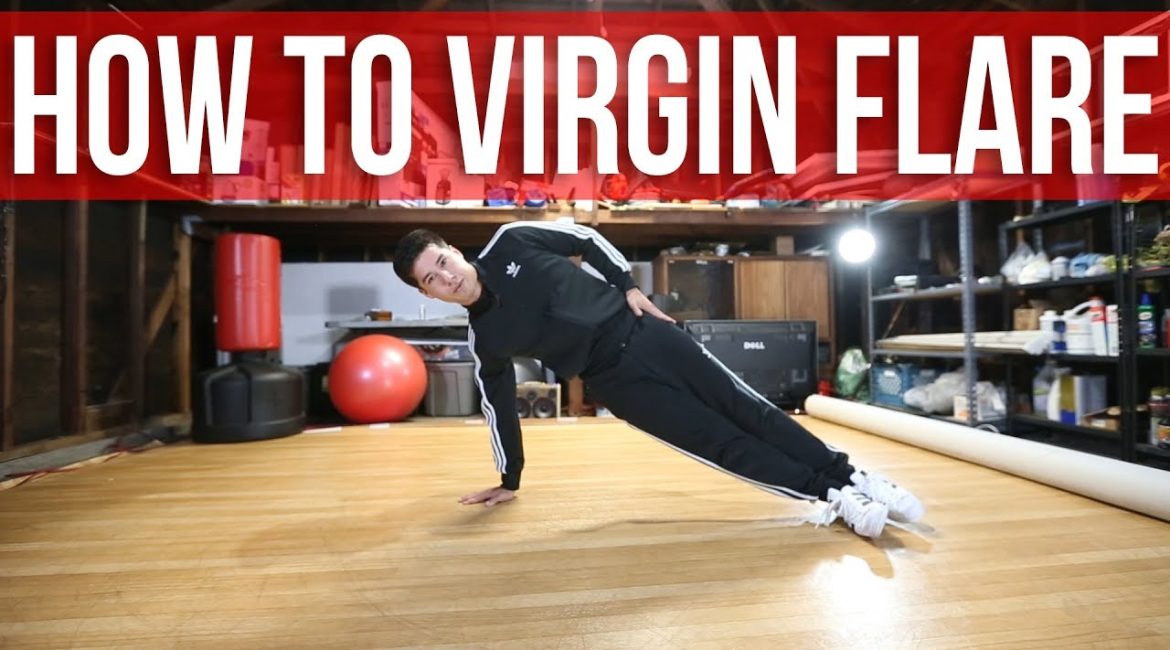Breakdancing, an energetic and dynamic form of street dance that originated in the early 1970s, continues to captivate audiences with its intricate moves and rhythmic agility. Among the repertoire of impressive moves that breakdancers master, the Virgin Flare, also known as the Circle or T Flare, stands out as a foundational yet exhilarating skill. In this comprehensive guide, we will explore the step-by-step process to master this move, as taught by Matt Action from Waseda Breakers & Rock Force Crew.
Understanding the Basics
Before delving into the complex dynamics of the Virgin Flare, it is crucial to understand its basic premise. This move is predominantly about controlling your body through precise hand placement and effective hip movements rather than relying on momentum generated from the feet. It’s a powerful move that showcases a dancer’s control and ability to manipulate their body in space.
A Virgin Flare is a type of breakdancing move that involves spinning on your back with your legs in a circular motion . It’s a challenging move that requires a lot of strength, control, and coordination.
Equipment and Preparation
To begin learning the Virgin Flare, you need minimal equipment. A clear, flat surface and comfortable, flexible clothing are essential to allow for unrestricted movement. Additionally, having a mat or a padded floor can help prevent injuries as you practice the flare.
Step 1: The Setup
The initial step to learning this move is to understand the importance of starting low rather than standing. Starting from a standing position is more challenging as it requires lowering your hips into the move, which can be difficult for beginners.
- Position: Sit on the floor with your legs slightly apart.
- Movement: From this seated position, lean slightly back and place your hands flat on the ground beside your hips for support.
Step 2: Hand Placement and Hip Movement
The essence of the Virgin Flare lies in the correct placement of hands and the pivotal movement of the hips.
- Hand Placement: Keep your hands close to your hips throughout the move. This proximity is crucial as it allows you to maintain control and balance.
- Hip Movement: As you initiate the move, focus on driving power from your hips. Push your hips upward and slightly forward, using your hands to support and stabilize your body.
Step 3: The Quarter and Half Turns
Progressing from the initial position involves a quarter turn followed by a half turn. These are essential segments of the full flare movement.
- Quarter Turn: Push off the ground with your hands and swing your legs to one side, achieving a quarter rotation.
- Half Turn: Continue the momentum to complete a half turn. Keep your hands aligned with your hips to prevent them from “bottoming out” or losing control.
Step 4: Three-Quarters and Full Rotation
Mastering the three-quarters and then the full rotation marks the completion of the Virgin Flare.
- Three-Quarters Turn: As your body moves past the half-turn, prepare to shift your weight more substantially onto one hand (right or left, depending on your direction). This weight shift is crucial for clearing your legs for the next phase of the rotation.
- Full Rotation: Complete the rotation by bringing your legs around to return to your initial position. This full circle should be smooth and controlled, with your hips remaining elevated throughout.
Practice and Persistence
The key to mastering the Virgin Flare is consistent practice. Initially, focus on getting the mechanics right, even if that means performing partial movements like the quarter or half turns.
- Repetition: Practice each phase separately before attempting to link them together.
- Video Feedback: Recording your practice sessions can provide invaluable feedback. Analyze your body’s positioning, hand placement, and hip movement.
Adding Flair and Personal Style
Once you are comfortable with the basic movement, you can start adding your flair to the move. Experiment with speed, amplitude, and even the inclusion of additional rotational moves. The Virgin Flare can serve as a foundation for more complex sequences and routines in your breakdancing repertoire.
Conclusion
Learning the Virgin Flare requires dedication, patience, and a lot of practice. It is a move that can significantly enhance your breakdancing skills and add a spectacular element to your performances. Remember, the journey to mastering any breakdancing move is as rewarding as the final result. Keep practicing, stay inspired, and push your boundaries to see just how much you can achieve with the art of breakdancing.


Leave a reply